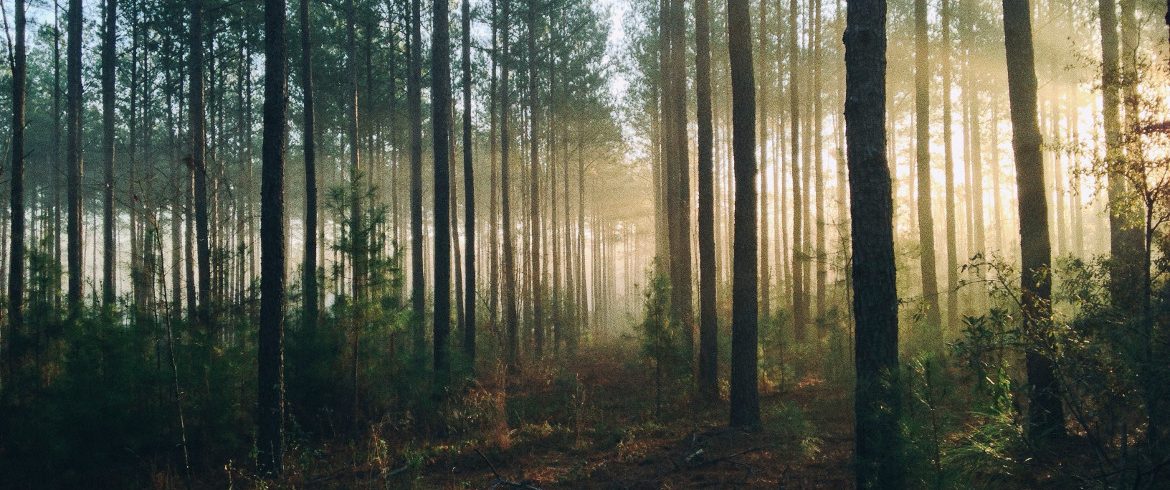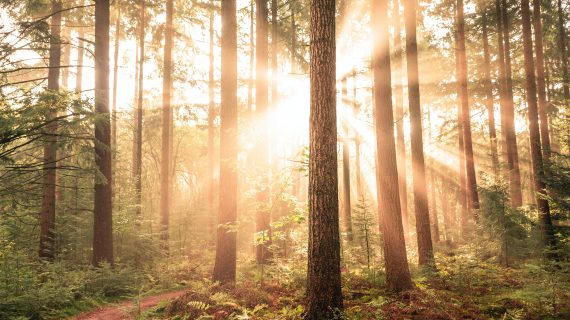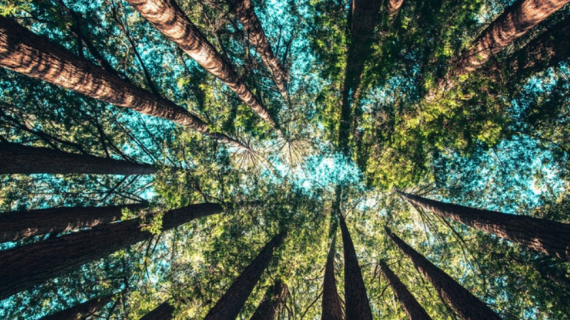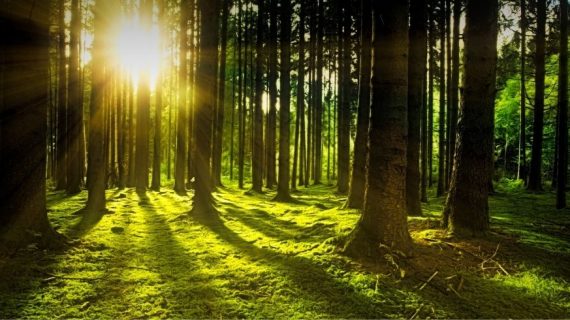Forests absorb a large amount of carbon in a way that is clearly superior to other terrestrial ecosystems. So, forests could represent a solution to mitigate climate change, which has been afflicting our planet for a long time, and to which there is still no solution. Can we really consider forests the solution or are we just convincing ourselves that we have the winning weapon?
The role of forests to mitigate climate change

Trees and forests have always played an important role in the balance of the biosphere as they absorb billions of tons of carbon dioxide, regulate the water cycle and stabilize the climate, mitigating temperatures. Forests are currently in danger, but many people wonder if their restoration and increase can not only reduce the loss of biodiversity but even stop climate change.
Forests, through “carbon sequestration”, convert carbon dioxide from the atmosphere into carbon that is subsequently stored. The “power” of photosynthesis held by plants, and therefore exercised by forests, has created an illusion: forests are the solution to climate change. However, it is necessary to take into account that forests could die because of events such as droughts, fires, and storms. Obviously, the death of forests is a problem because of the amount of carbon they store.
The advantages of afforestation and reforestation
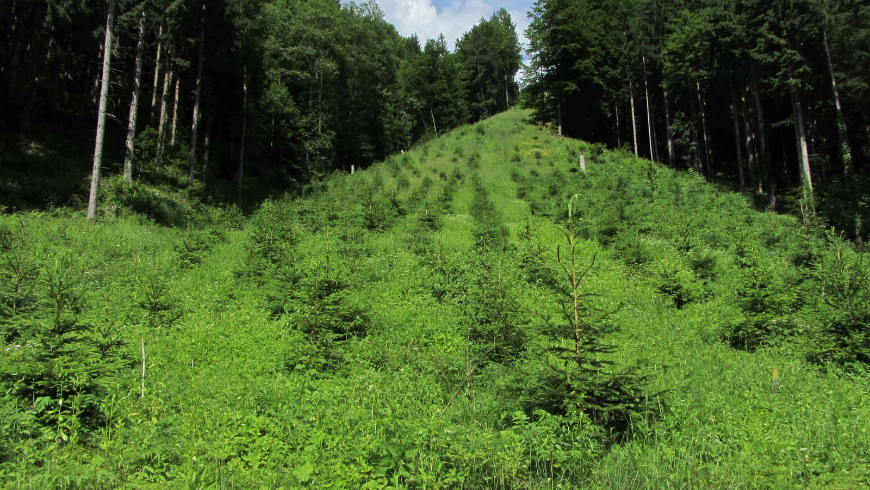
First of all, it is necessary to protect existing forests and woodlands in order to preserve these fundamental ecosystems.
Afforestation plays a fundamental role. This practice consists of environmental repowering of degraded forest areas which have been ruined by deforestation or improper and excessive exploitation of the resource.
The term afforestation refers to the planting of a forest on land bare of woody vegetation.
Another solution is reforestation, which is the reconstitution of a destroyed forest or woodland. The two practices are similar, in fact, the difference is only in the timing. Afforestation refers to the transformation of areas not covered by forests for at least 50 years. These two practices, combined with the protection of existing forests and forelands and responsible management of forests, are effective tools to counteract the excessive increase in temperatures.
The disadvantages of afforestation and reforestation
Both the practices discussed have a “dark side” to consider. So, we should consider the power that renewed forests could acquire, even a substitution is not enough. New forests, in fact, differ from older ones in biodiversity and carbon sequestration capacity. Moreover, the implementation of forests in the battle against climate change must not lead us to think that we can solve the problem without eliminating the use of fossil fuels. Forests must be a piece of a mosaic of tools aimed at solving the worrying climate condition. Finally, we must remember that generalizing in nature is never a good thing. We often forget how unique nature is and that the responses to the same intervention are not always equivalent.
Conclusions
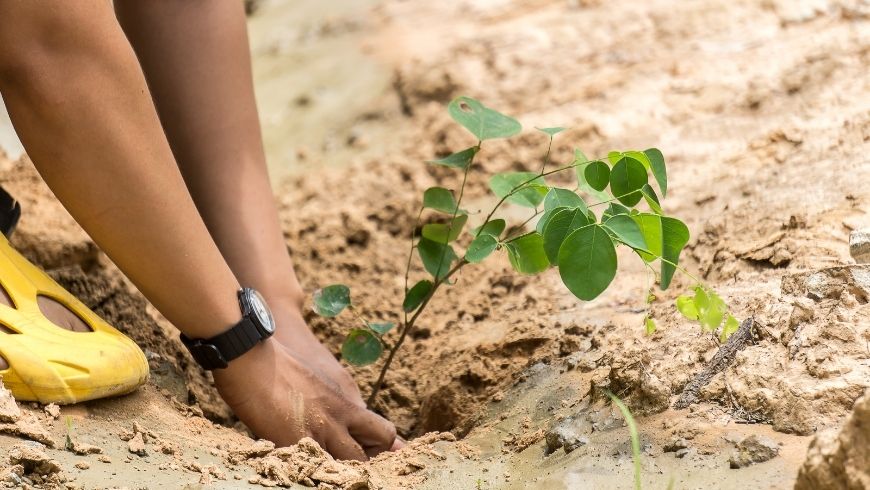
The ecosystem balances are very complex and so many variables contribute to climate change. Forests are a good solution to mitigate climate change but alone they aren’t enough. Good intentions are not enough: forests are part of the solution but they are not “the” solution; moreover, they must not represent a distraction from the search for a real solution.
